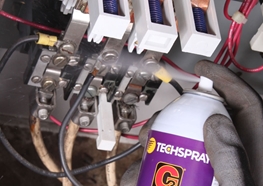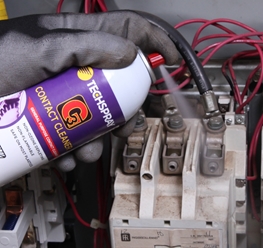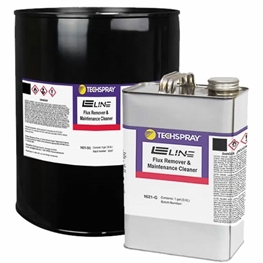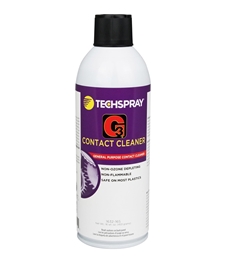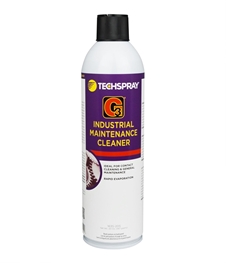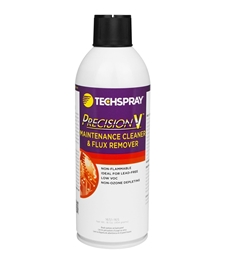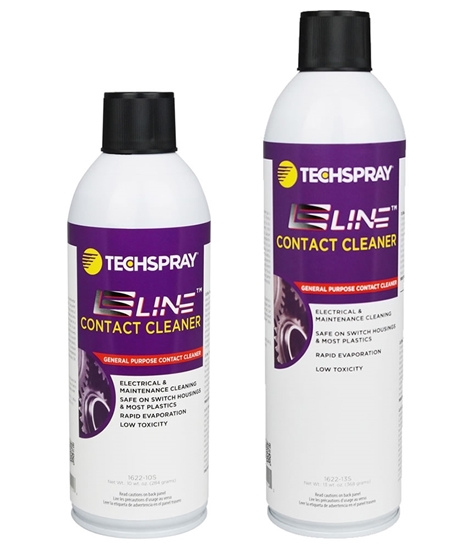
E-LINE Contact Cleaner
Powerful and economical electrical contact cleaner
FAQ's
Hold object to be cleaned in vertical position. Pull trigger gently to control solvent flow rate. Spray from top to bottom, allowing the liquid to flush away contaminants.
It may be different state-by-state, so contact your state environmental agency for regional specific regulations. For a general guideline, here is the process according to EPA hazardous waste regulations 40CFR. The can has to be brought to or approach atmospheric pressure to render the can empty. Puncturing is not required, only that it “approach atmospheric pressure”, i.e. empty the can contents until it’s no longer pressurized. This insures that as much contents as is reasonably possible are out of the can. It is then considered “RCRA-empty”. At that point it can be handled as any other waste metal container, generally as scrap metal under the recycling rules. Note that the can is still considered a solid waste at this point (not necessarily hazardous waste).

